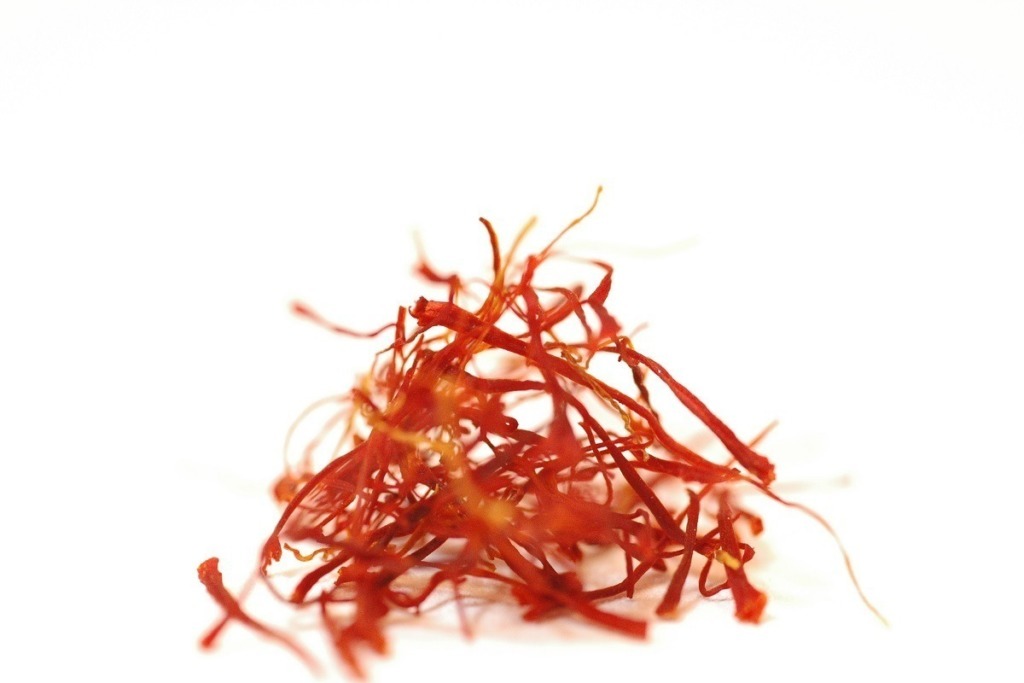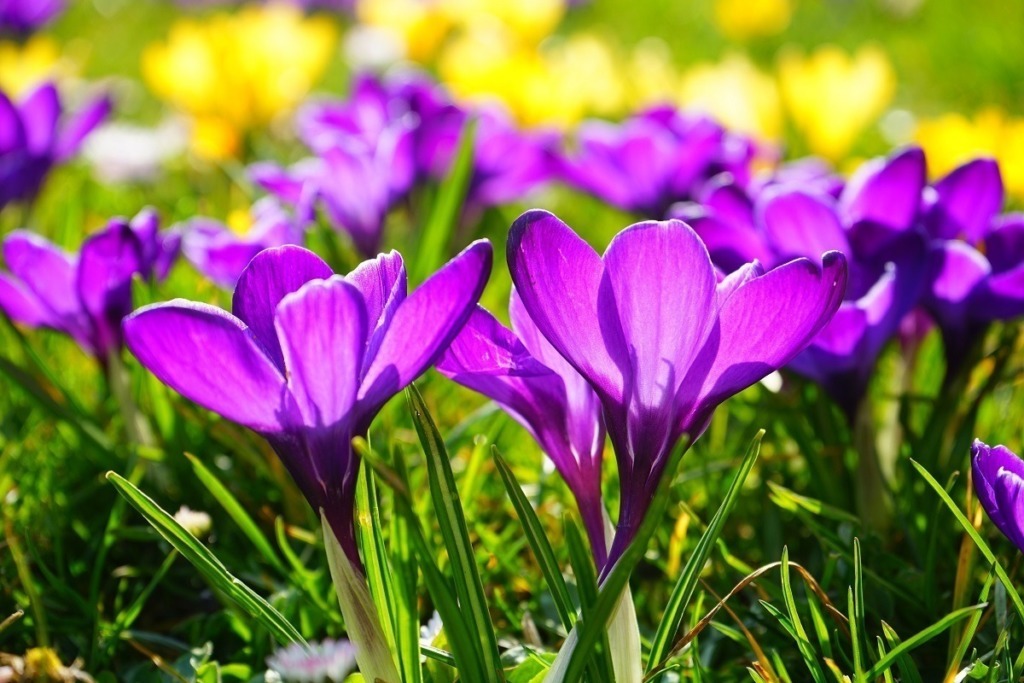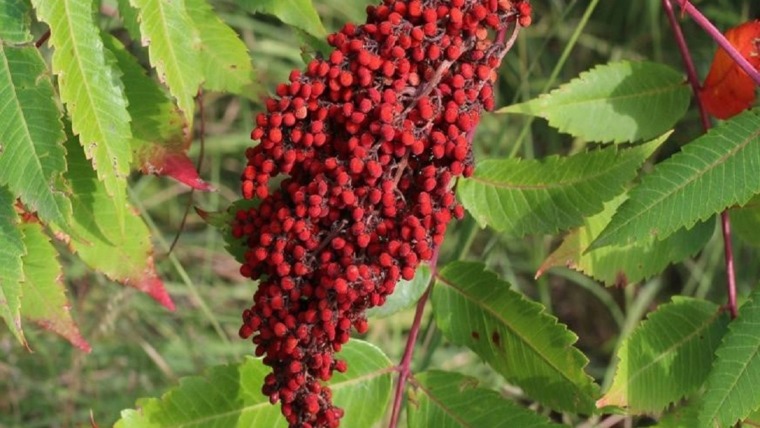
Written by Kevin Kapusi Starow
Such a peculiar ingredient we just needed to do a feature. By now you can probably tell we focus on ingredients which are particular favourites of mine, and saffron is no exception, I love it. From the smell to the taste, to the amazing colour these fine little filaments release. For me it is amazing, and I would like to share this love of mine with you.
These fine filaments, are harvested from a beautiful little flower, botanically known as the Crocus Sativus, part of the iris family. It is a pretty little blue, or purple flower with crimson stigma, or threads which are what is collected and dried as the spice Saffron.
Each flower produces only 3 of these threads weighing approx. 30mg fresh weight, which once dried works out to be about 7mg. So think of it, to produce just 450gm of dried saffron spice. There would need to be approximately 200,000 stigmas required, and remember this is all handpicked. Just think of the time it would take, the manpower required, not only to pick the flowers. But then the threads, and then to dry them out. Now you may very well appreciate why it is, and has always been the world’s most expensive spice, with prices ranging. Dependant on the quality, anywhere from $1,000, to $5,000 (USD) per kilogram.
There are various grades of saffron dependant upon regions, contaminants within the spice, fragrance, colour, etc. There is a worldwide standard that is controlled by the International organization for Standardization.
Flowers
The flower originates from a region inclusive or Iran, Iraq, Syria, Turkey, and Greece. Although many regions lay and peoples lay claim to the flower originating in their area. To be honest no one can really be certain, and there is no conclusive proof. Today Iran produces around 90% of the world’s saffron. Though production has spread throughout the world to North Africa, North America, and Oceania, inclusive of Australia. This is a plant, or flower that has been cultivated for over 3,500 years. Extending across cultures, and civilizations, just take a moment to think about it, how amazing is that?

The origins of the English word saffron are uncertain though feeling is the word was derived from the Persian word zaparan meaning “gold strung”. In reference to the golden colour it imparts, we could assume.
Cleopatra of Egypt is reported to ha e used a quarter of a cup of saffron in her baths. She believed it had cosmetic properties, and a wonderful colouring. She especially prized it to have properties which enhanced sexual pleasures, and so was used especially prior to encounters with men.
Cooking with Saffron
This is such a versatile spice not just in the kitchen but in everyday life from medical benefits to lifestyle. Though in the kitchen I would now like to focus on a little bit in detail, as this is where my passions lay.
This is a spice that has a comfortable home in many cuisines, both modern, classical, and from antiquity. You may already be familiar with some of the more common recipes that utilize saffron such as the classical French fish soup Bouillabaisse. Perhaps the enchanting delicacy of a Spanish Paella, replete with a sofrito ladened with wonderful saffron.
It is not only the Spanish who add the saffron to their rice, the Italian Risotto Milanese features saffron as its hero ingredient. The Biryani’s of various descriptions from India, and surrounding Asian countries including the Stans, Kazakhstan, Turkmenistan, Pakistan, etc. What about the Persians and Tahchin, a classic dish in the Persian culture, it is a cake of saffron rice. I have never had the pleasure of sampling it though it looks and sounds amazing, here is hoping I receive an invitation one day.
Confectionery
Confectioners, especially from Persian, & Asian cultures masterfully utilize this spice to create enchanting sweets. That both dazzle the eyes and exhilarate the taste buds. In Turkey, the saffron-infused Lokum confections, better known in the west as Turkish delights They are both stunning visually and create a party for one in your mouth, amazing!
Pastry chefs have been using saffron in cakes, pastries, and desserts for thousands of years, over many various cultures and civilizations. The Kuwaiti’s and their cardamom and saffron cake. Or the saffron bun from Cornwall, I am told it is a tradition, the bun and the cake.
For me Saffron is an enchanting ingredient to use in my cooking, imparting an unmistakable taste. Aroma and colour throughout any dish you intend to make a statement with. This spice has the delicacy for only a hint to be added or the strength to pack a punch when required. Instantly I know when that cupboard door of the cabinet housing my stores of saffron is open. It is a simple little pleasure to walk into a waft of this spice, as it is never harsh or offensive to the nose.
Health Benefits
It has been well documented throughout history the ways in which this spice has been used to treat various ailments. The Assyrians and Babylonians used saffron to treat both renal and gastrointestinal issues.
In Egypt saffron was used for a variety of ailments inclusive of, like the Assyrians and Babylonians, gastrointestinal issues. They made a poultice comprising of saffron, coriander, myrrh, ox fat. Amongst other ingredients, which was used to treat internal haemorrhaging. Urinary tract infections were also treated with a preparation inclusive of saffron. For the men, it was said to be topical whilst for the women it was a complex ingested preparation.
The vast array of ways in which this spice has been used throughout time to date is inspiring from dying garments. To be woven into textiles, used for fragrances, like magic potions, as remedies. For medicinal purposes, obviously in cooking, but most interestingly of all. I only just learned about it whilst researching for this article, as an aphrodisiac. I assume she was not the first, but you have got to love Cleopatra, what a woman she must have been.



